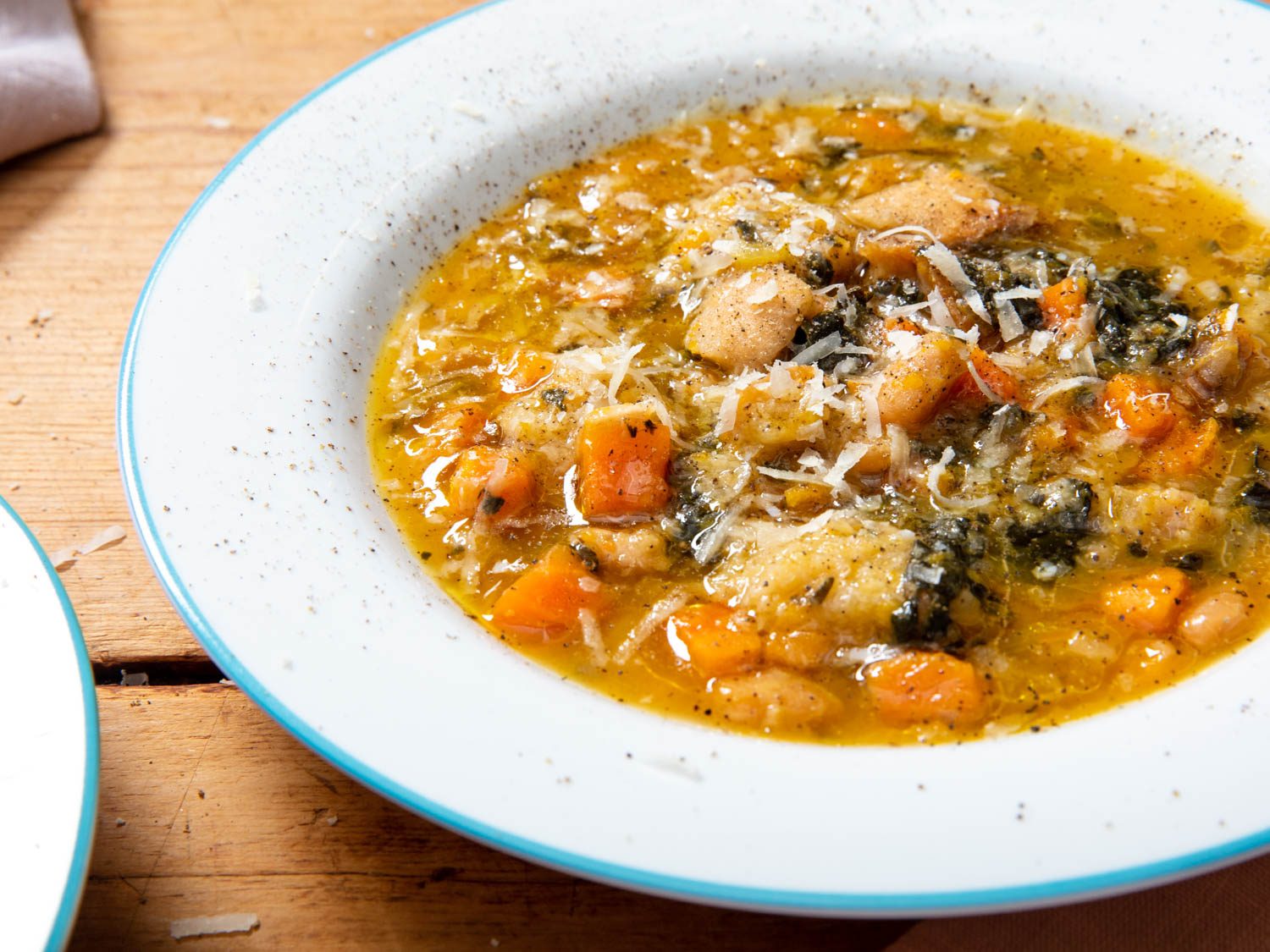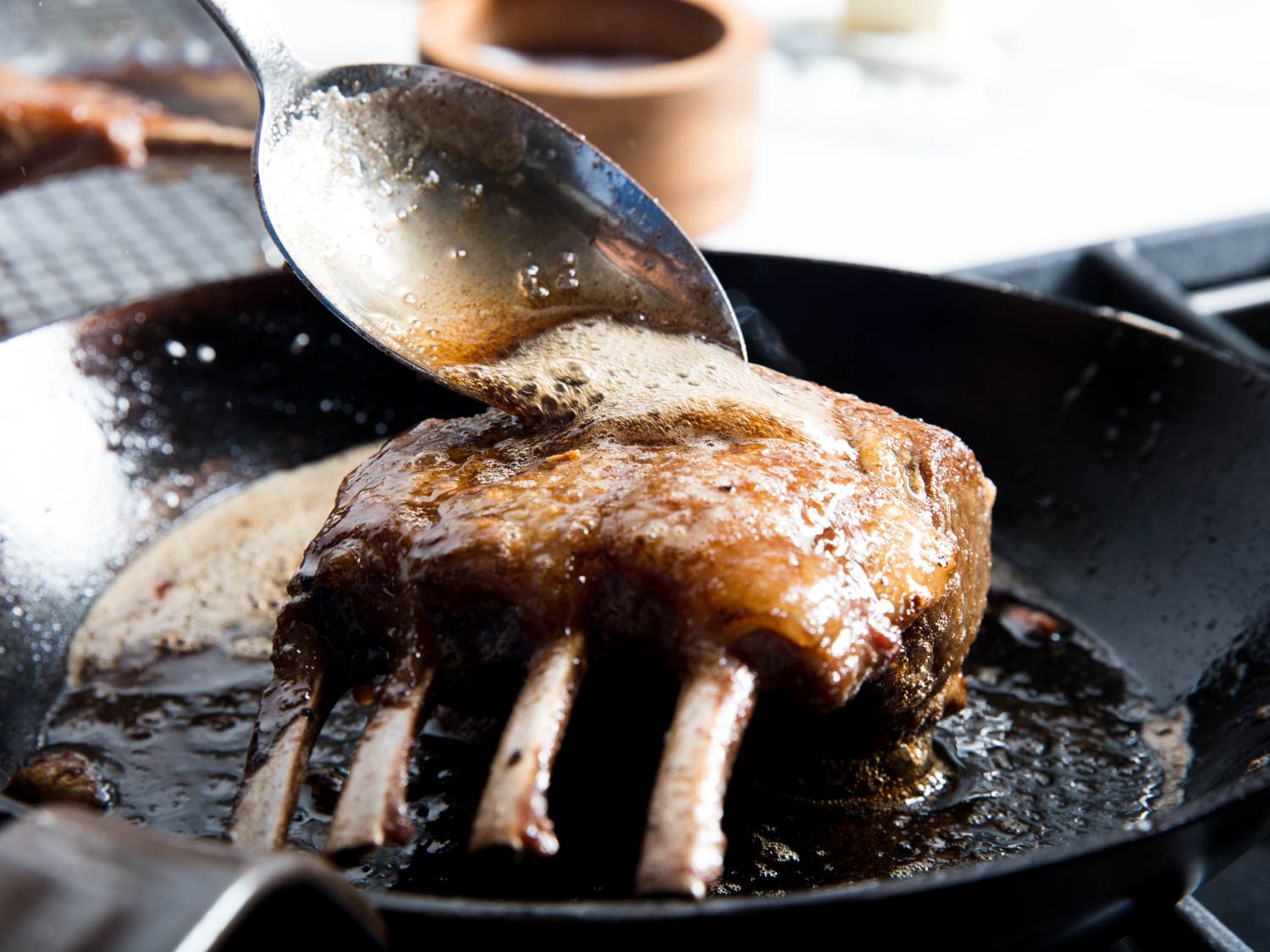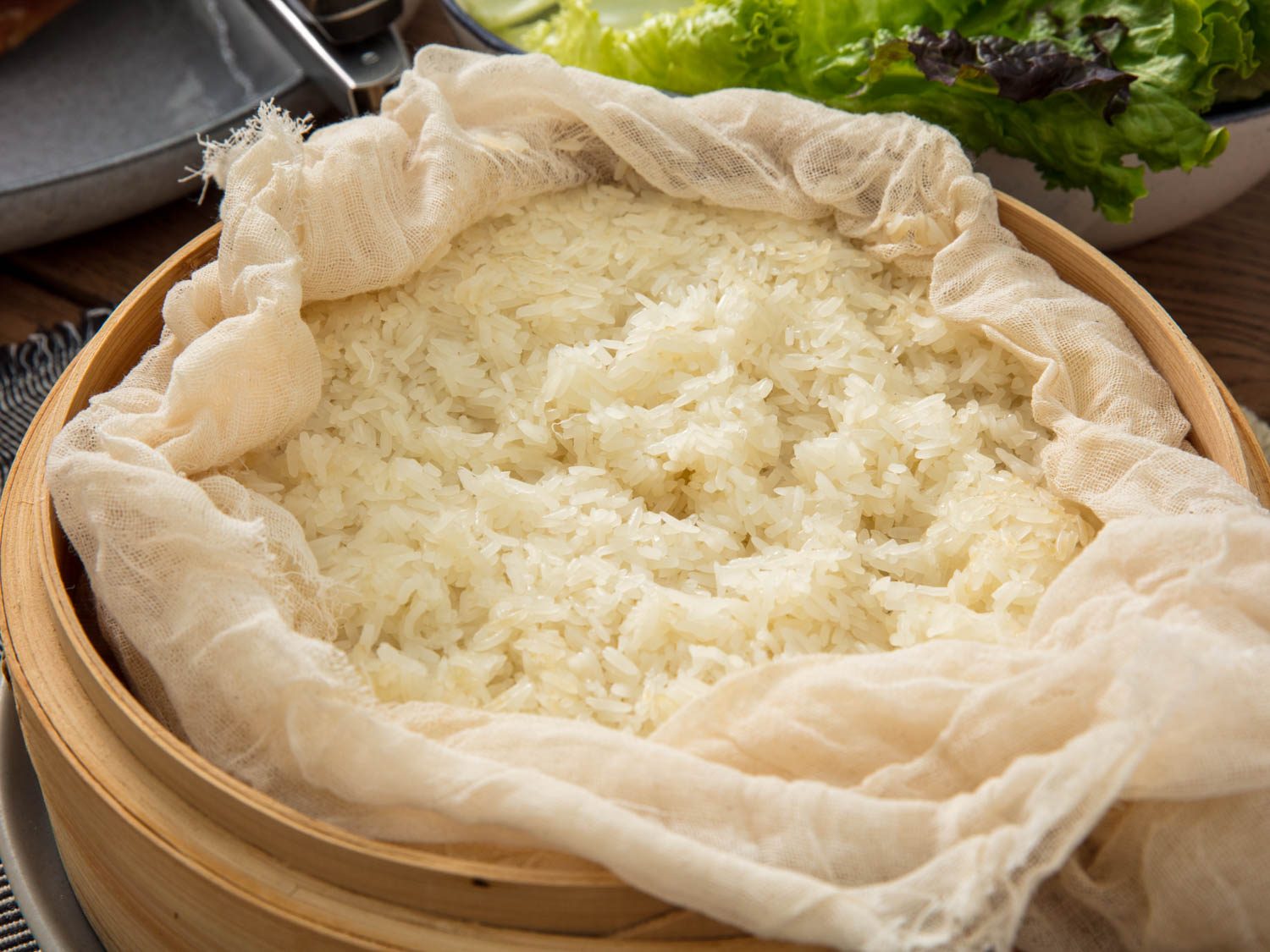Pressure Cooker Ribollita (Tuscan Bean and Vegetable Stew)

[Photographs: Vicky Wasik]
The history of ribollita is one of tradition—after making a big pot of vegetable soup, Italians would stretch any leftovers into a stew by reheating it the following day and adding beans and stale bread to the mix, thereby creating a new meal for a new day. That’s why it’s called ribollita, which means “re-boiled,” a name that describes the two-stage cooking process.
But while ribollita may have been born out of frugal necessity, there’s no reason we need to follow that same path today. Using a pressure cooker, we can make the soup all at once in a fraction of the original’s stovetop cooking time. It’s such a huge time-saver, and leads to such great results, that I’m not sure I’ll ever want to make ribollita without a pressure cooker again.
A pressure cooker is the perfect tool for cooking this dish for a few reasons. First, ribollita is at its best when all the vegetables are cooked to a texture that borders on melting. And because a pressure cooker is able to cook food at a higher temperature than what’s possible in a normal simmering pot, it can deliver those exceptionally tender vegetable morsels in much less time.
As effective as a pressure cooker is at tenderizing vegetables, it’s even more so with the beans in ribollita. Dried beans, which deliver far better flavor than their canned counterparts, normally take many hours to prepare. First, there’s the overnight soaking time (this can sometimes be skipped, though there’s a slightly higher risk of the beans cooking more unevenly if you do), followed by a long and gentle simmer that can take well over an hour in the case of the cannellini beans here.
With a pressure cooker, though, you can skip the soaking step, dump the dried beans straight into the cooker, and end up with creamy, tender beans just one hour later. Because ribollita is all about making the ingredients meld together into a stew, it’s totally fine if some of the beans overcook or blow out—the ribollita will be that much more delicious.
The two thing we keep out of the pressure cooker until later in the process are the kale, which turns to muddy mush if allowed to cook under high pressure for a full hour as well as the bread, which only needs a few minutes to absorb the broth and soften (note too that while ribollita traditionally used up stale bread remnants, you can use fresh bread instead and get equally delicious results).
Keep in mind that while this recipe is formulated to fill an eight-quart pressure cooker, you are free to make any substitutions you want, adding or replacing any vegetables or even the bean type based on your personal preferences or what ingredients you have at home. The only things you’ll need to pay mind to are that you don’t accidentally overfill your cooker when making substitutions and that different beans cook at different rates, so you may need to adjust your cooking time accordingly.
Published at Thu, 20 Feb 2020 13:00:14 +0000




